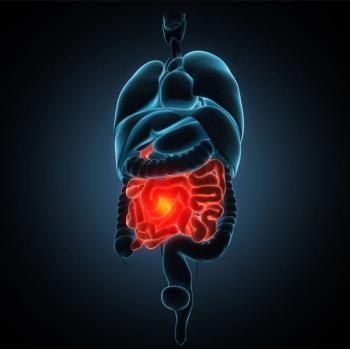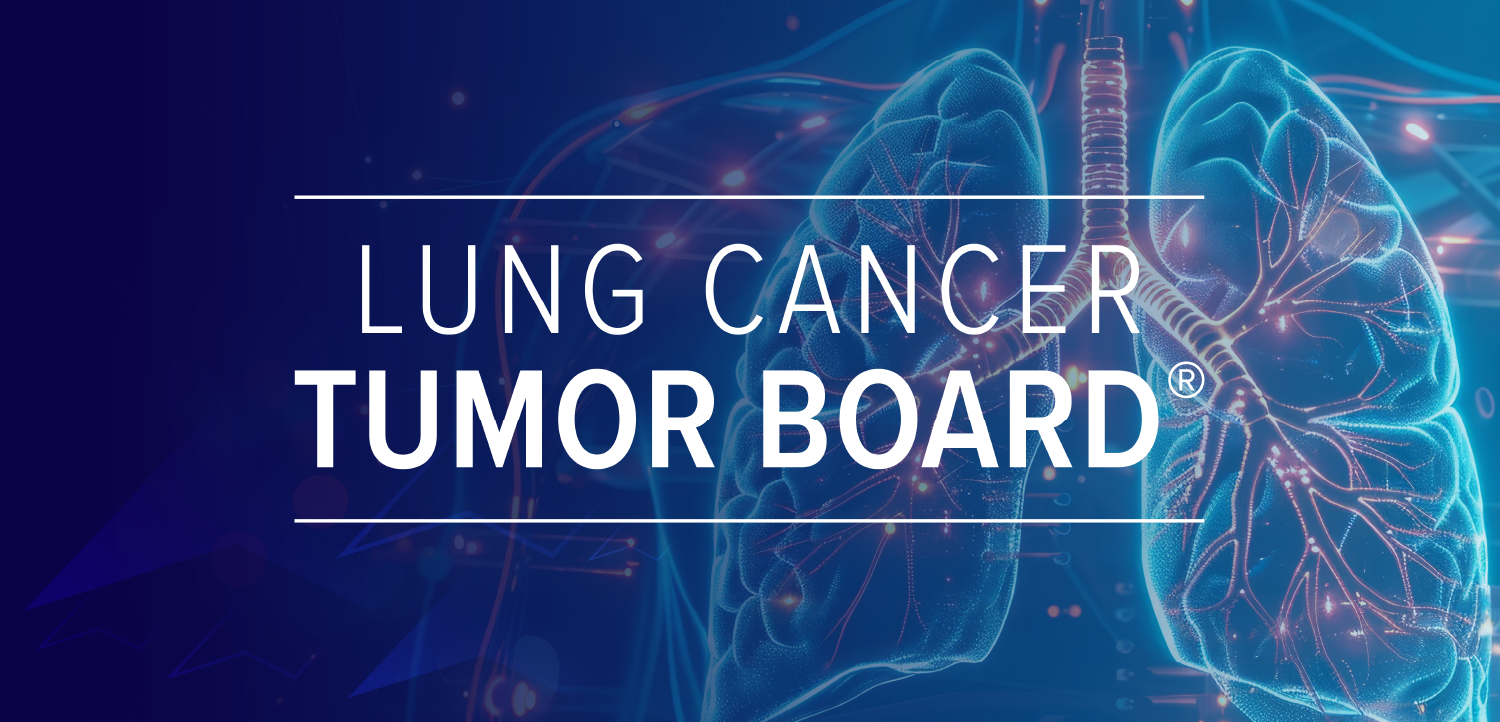
Sleeping Bowel: A Wake-up Call for Opioid-induced Complications
During the course of pain management with opioids, the line between relief and complications may be thin. At ACG 2015, the problems and solutions were covered.
As primary care physicians, we all care for patients who experience side effects as a consequence of pain medications, and particularly related to opioid analgesics. More than 250 million narcotic prescriptions are written yearly for pain. The number of patients on these medications-as well as the number who experience serious complications (48 individuals die each day from opioid overdoses)-made the subject of Dr Brian Lacy’s presentation at ACG 2015 relevant to every clinician.
Brian Lacy, MD, PhD, professor of medicine at the Geisel School of Medicine at Dartmouth, and chief, section of gastroenterology & hepatology at Dartmouth-Hitchcock Medical Center in New Hampshire, gave an excellent talk on the “opioid bowel,” highlighting some of the more serious gut-related sequelae.
Opium is extracted from seeds of the poppy plant (Papaver somniferum). Historically, the active compound in opium was isolated in 1804 and named morphine after Morpheus, the Greek god of sleep. However, sedation is not the only effect of opioid use. Dr Lacy focused on two opioid GI tract effects-narcotic bowel syndrome (NBS) and opioid-induced bowel dysfunction (OIBD). NBS refers to the paradoxical increase in abdominal pain that may occur, or be exacerbated by, increasing narcotic doses. The syndrome may be defined by any 3 of 4 features: 1) worsening of abdominal pain with continuing or escalating narcotic dosing, 2) worsening pain when narcotics are weaned, but improvement when higher doses are reinstituted, 3) pain episodes that increase in frequency, duration, and intensity over time, 4) and/or pain unexplained by the previous GI pathology.
While NBS refers to hyperalgesia despite dose escalation, OIBD focuses on opioid inhibitory effects on the GI tract such as opioid-induced constipation-an adverse effect experienced by 41% of patients while taking opioids. Whereas the effects of NBS are believed to be central, the effects of OIBD manifest in the peripheral nervous system via opioid receptors in the enteric nervous system. With activation of the enteric opioid receptors, gut motility decreases as evidenced by infrequent esophageal peristalsis, delayed gastric emptying, slow colonic transit with additional decreases in the amount of pancreatic, biliary and gastric secretions. Patients taking opioids can present with early satiety, reflux, constipation and vomiting.
Treating NBS and OIBD is difficult and Dr. Lacy suggests that it should be done in the inpatient setting over 10 to 14 days. Anxiolytics should be provided prior to opioid tapering. Patients should be titrated to an equivalent dose of methadone followed by dose reductions of 10% to 30% daily. Clonidine can be used for withdrawal effects that are sympathetically-mediated such as tremulousness, sweating, and rhinorrhea. During the withdrawal period, patients must be closely monitored for arrhythmias and hypotension.
Opioid-induced constipation should be treated with opioid dose down-titration as well as laxatives, stool softeners and/or fiber, though data is sparse on optimal management. Medications such as lubipristone (activates type II chloride channels), methylnatrexone, or naloxegol (µ-opioid receptor antagonist) can also be used.1
Awareness of the untoward effects of opioid use can help you better care for patients in your practice. By reducing narcotic use (even in the hospital), treating constipation, and adding peripheral µ-opioid receptor antagonists, one can alleviate disabling symptoms.
References:
Presentation: Lacy BE. Treatment of opioid bowel. Presentation at 2015 American College of Gastroenterology Scientific Session; October 20, 2015; Honolulu, Hawaii.
Reference. 1. Thomas J, Karver S, Cooney GA, et al. Methylnaltrexone for opioid-induced constipation in advanced illness.
Newsletter
Enhance your clinical practice with the Patient Care newsletter, offering the latest evidence-based guidelines, diagnostic insights, and treatment strategies for primary care physicians.
















































































































































































































































































































